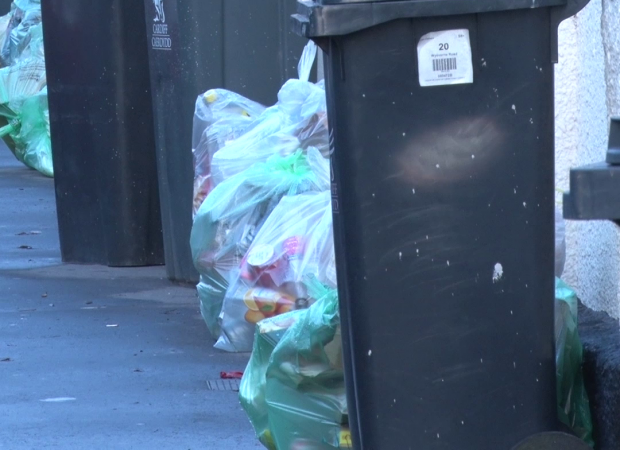Council tax is going up at an average of 6.4% across Wales.
The rises have been agreed in the last few weeks, with Cardiff up 4.9%, Newport up 5.95% and Caerphilly facing 6.95% hikes.
What is the extra money being used for?
Council tax is used to fund basic services, such as waste collection, as well as paying for the precepts of local police.
The recent council tax rises in South East Wales – which on average are 4% above inflation – are being used to fund councils which are strapped for cash as austerity continues to bite.
Cardiff has a £32m blackhole in its budget, while Merthyr has a £14.9m budget deficit over the next four years.
Cardiff Council approves plans for council tax rise and over 50 job losses to tackle £32m budget gap: https://t.co/1kbr9hM2K9 via @PSENews
— Nigel_Brinn (@PowysCC_HTR) March 1, 2019
Where are the highest increases?
Last night Merthyr Tydfil County Borough Council announced a council tax increase of 5.99%, joining the ranks of some of the highest rises in the UK.
Confirmed and projected rises across Wales show an average rise of 6.4%, which means more than £95 a year more for a property in Band D.
At the top end of the increases, Pembrokeshire County Council is rising by 9.9% and Councillors in Conwy backed a 9.6% hike.
Isn’t council tax capped at 5%?
The National Assembly of Wales has the power to cap council tax rises. In the past, it’s had an informal limit of a 5%.
But in January this year Rebecca Evans AM, Minister for Finance and Trefnydd, seemed to go back on that cap. She said: “The setting of council tax rates and levels is very much an issue for each local authority to decide independently of Welsh Government interference.”
What do people think about it?
A petition has been started urging the Senedd to cap council tax rises at the rate of inflation.
Tom Maclean, who started the petition, says “with child poverty and household debt rising” the increases “cripple households”.
The National Assembly hasn’t responded to the petition, and with councils approving council tax rises at nearly double the informal cap, don’t look likely to intervene soon.


